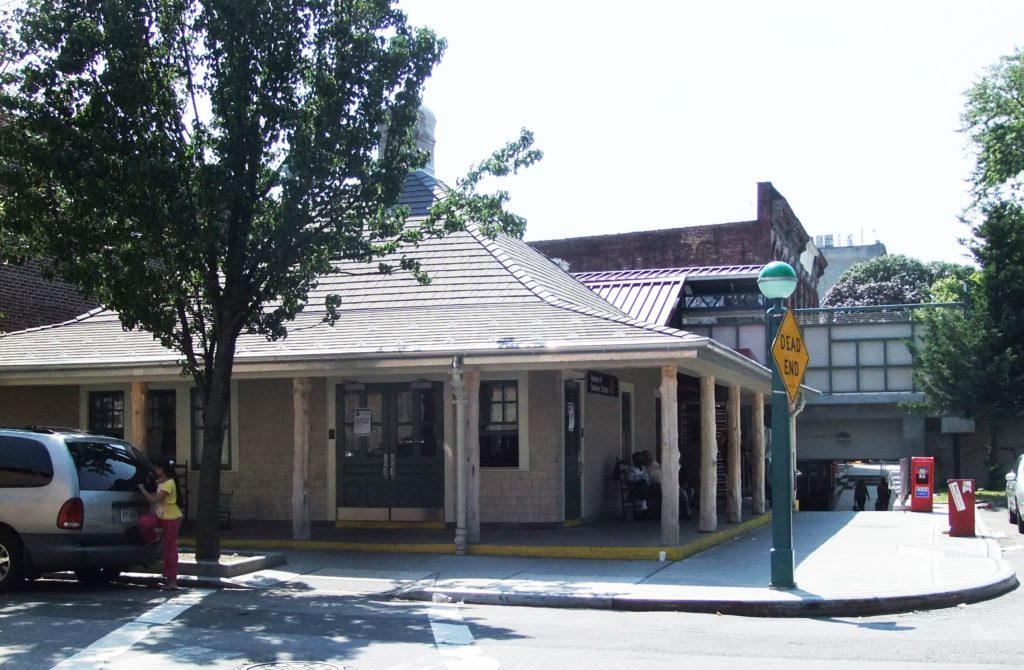Upgrade of 1907 Midwood subway now 21st century

The northbound station house at Avenue H on the Q line was built in the 1890s as a real estate office. Wikimedia photo by Harrison Leong
From BrooklynEagle.com
Wooden station house dates to era when forest was cleared
The Avenue H station in Midwood on the Q line — one of the most unusual subway stations in Brooklyn, and a New York City landmark — has now reopened as a fully accessible station, the MTA announced at a news conference on Thursday.